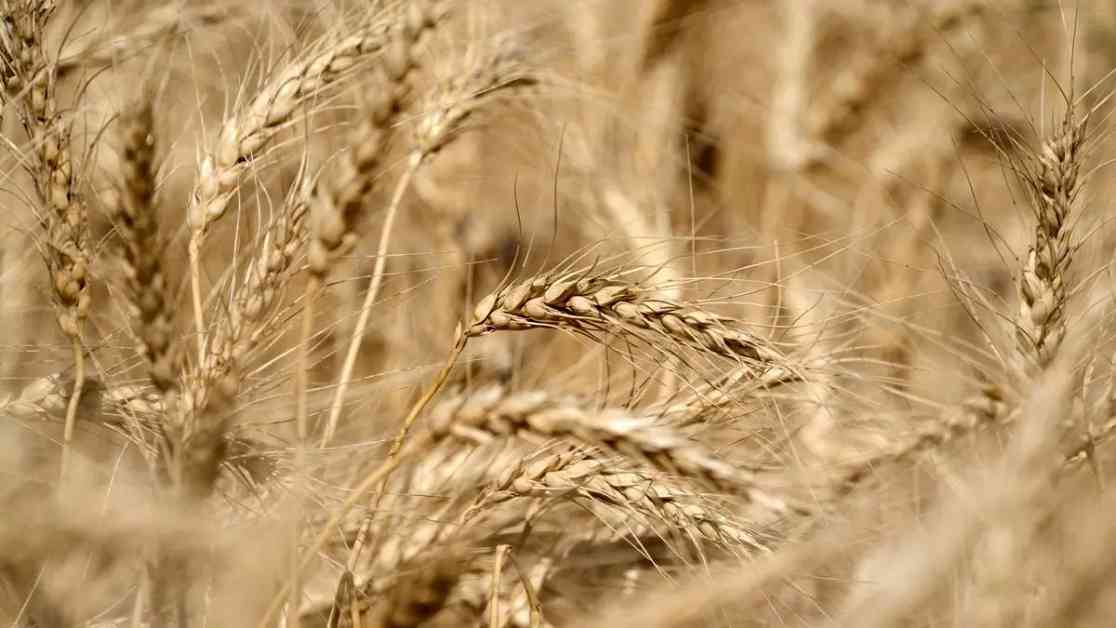India Aims to Purchase 31 Million Tonnes of Wheat in New Procurement Target
In a bid to bolster its wheat procurement efforts, the Indian government has set an ambitious target to purchase 31 million tonnes (mt) of wheat this year. This target, along with the purchase goals for rice and Shree Anna, was established during a recent meeting chaired by Food Secretary Sanjeev Chopra in New Delhi.
The Significance of Wheat Procurement
Wheat, a staple crop in India, plays a crucial role in ensuring food security for millions of people across the country. As such, the government’s procurement targets for wheat are of paramount importance in supporting agricultural livelihoods and maintaining a stable food supply chain.
Setting the Procurement Targets
During the meeting, attended by State Food Secretaries, the estimates for wheat, rice, and Shree Anna procurement for the upcoming Rabi marketing season were finalized. While specific state-wise targets were not disclosed, Punjab is expected to lead the way with an estimated procurement of 12.5 mt of wheat.
Chopra’s Call to Action
Food Secretary Sanjeev Chopra emphasized the importance of proactive procurement practices among state officials to ensure the successful implementation of the procurement targets. He urged states to maximize wheat procurement and also focus on acquiring rabi-grown paddy during the marketing season.
Diversification and Nutrition Focus
States were advised to prioritize the procurement of millets as part of efforts to diversify crops and enhance nutrition in dietary patterns. Additionally, discussions at the meeting touched upon various initiatives, including proposed reforms in the Targeted Public Distribution System (TPDS), the SMART PDS program, E-KYC, Mapper SoP, Jan Poshan Kendras, and infrastructure improvements in Procurement Centers.
Innovative Approaches and Best Practices
The meeting also highlighted innovative approaches adopted by certain states, such as Telangana’s successful practices in Foodgrain Management System and Gujarat’s automation in the supply chain in the Public Distribution System (PDS). States were encouraged to make optimal use of godowns created by Primary Agricultural Credit Societies (PACS) under the grain storage plan to enhance storage capacity and efficiency.
Challenges and Targets Missed
Despite setting ambitious procurement targets in previous years, the government has faced challenges in meeting these goals. In the last three years, procurement fell short of the targets, with 18.79 mt acquired in 2022-23 (against a target of 44.4 mt), 26.2 mt in 2023-24 (against a target of 34.15 mt), and 26.61 mt in 2024-25 (against a target of 37.3 mt).
Looking Ahead
As the government gears up for the upcoming Rabi marketing season, the focus on wheat procurement remains a critical aspect of ensuring food security and supporting agricultural communities. By adopting proactive measures, diversifying crops, and leveraging innovative strategies, India aims to achieve its procurement targets and strengthen its food supply chain for the benefit of all its citizens.























